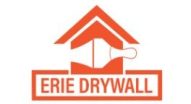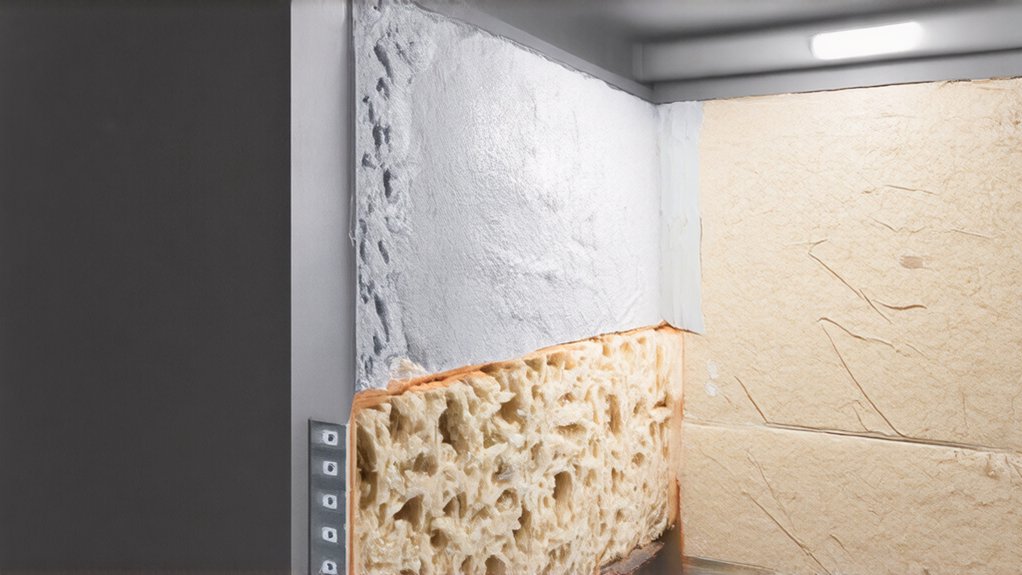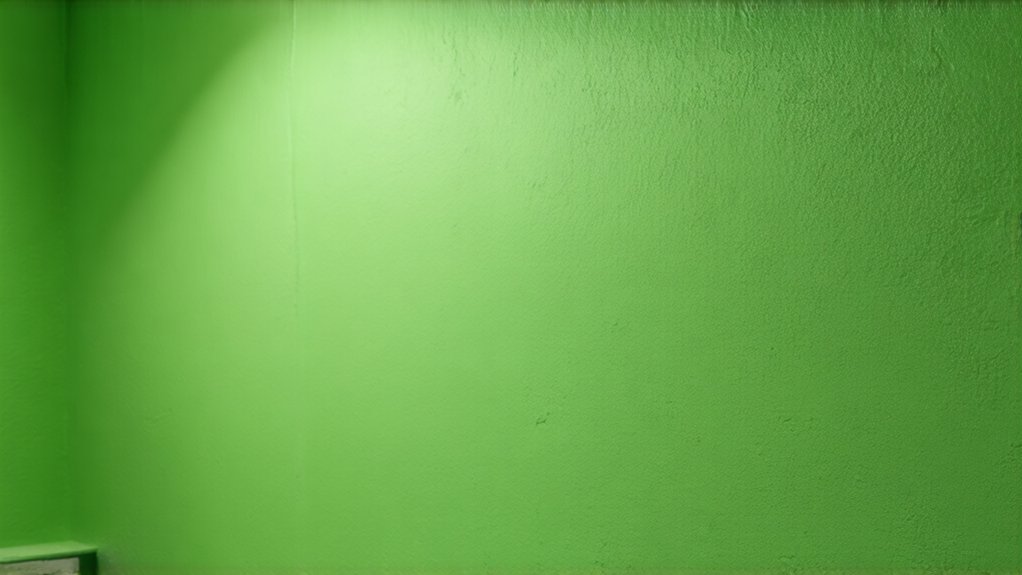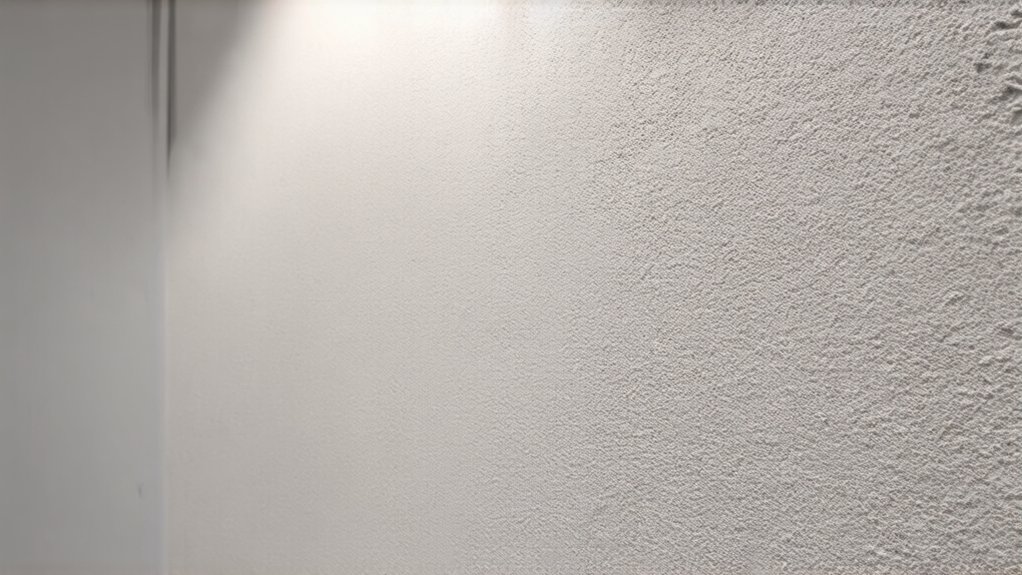Proper drywall installation is essential for your home's energy efficiency and comfort. Poor sealing creates thermal bridges that let heat escape, driving up utility costs. You'll want to make certain tight panel alignment, seal all joints and penetrations, and address potential air leakage points. Professional installation guarantees precise vapor barriers and thorough coverage, minimizing energy waste. Your home's thermal performance depends on painstaking drywall work that creates an airtight, well-insulated environment. Uncover more strategies ahead.
Understanding Thermal Performance of Drywall
When it comes to home insulation, drywall plays a more essential role than most homeowners realize. Your wall's thermal performance depends considerably on understanding thermal resistance properties and minimizing thermal bridging issues.
High-quality drywall can help regulate indoor temperatures, reducing energy costs and creating a more comfortable living environment. By selecting the right materials and ensuring proper installation, you'll improve your home's overall insulation effectiveness.
Strategically placed drywall with appropriate thickness can remarkably impact your home's energy efficiency, keeping you warmer in winter and cooler in summer while potentially lowering your utility expenses. Drywall installation experts in Erie, PA specialize in techniques that optimize thermal performance and ensure precise, energy-efficient wall construction.
Identifying Common Installation Gaps and Weaknesses
Because improper drywall installation can compromise your home's insulation, homeowners must recognize critical gaps and weaknesses that undermine thermal performance. By understanding potential installation issues, you'll protect your home's energy efficiency and comfort. Residential drywall contractors in Erie, PA can provide expert guidance in addressing these critical installation challenges.
Key areas of concern include:
- Unaddressed seams creating potential air leakage mitigation challenges
- Improperly sealed wall penetrations increasing thermal bridging concerns
- Insufficient insulation coverage leaving hidden thermal weak points
- Poorly aligned drywall panels creating unexpected heat transfer zones
Identifying and addressing these installation gaps secures your home retains ideal thermal stability, saving you money and enhancing overall comfort.
Sealing Techniques for Maximum Energy Efficiency
After identifying potential installation gaps that compromise your home's thermal performance, effective sealing techniques become your next strategic focus for boosting energy efficiency. You'll want to prioritize vapor barrier application as a critical step in preventing moisture infiltration and maintaining consistent indoor temperatures.
Professional insulation sealing techniques involve carefully caulking edges, joints, and potential air leak points around windows, doors, and electrical outlets. By thoroughly addressing these areas, you'll create a more airtight environment that reduces energy waste and amplifies your home's overall thermal protection, ultimately saving on heating and cooling costs.
Professional vs. DIY Drywall Installation
The decision between professional and DIY drywall installation can greatly impact your home improvement project's success and overall quality. When evaluating your options, consider these key factors:
- Hiring licensed contractors guarantees expert precision and assured workmanship
- Your DIY skills might save money but require significant time investment
- Professional installers have specialized tools and advanced techniques
- Complex projects demand professional knowledge for ideal insulation performance
Carefully assess your skill level, available time, and project complexity. While DIY can be rewarding, professional installation often provides superior results and peace of mind. Your home's energy efficiency and long-term performance depend on making the right choice.
Impact of Drywall Quality on Home Insulation
Selecting high-quality drywall plays an essential part in your home's insulation performance, extending beyond the initial installation decision. Your choice of drywall directly impacts thermal properties and overall energy efficiency.
Premium drywall with superior insulating capacity can considerably reduce heat transfer, helping you maintain comfortable indoor temperatures while lowering utility costs. Cheaper alternatives might seem appealing initially, but they'll compromise your home's thermal envelope.
Investing in quality drywall means better moisture resistance, improved soundproofing, and fortified structural integrity. Smart homeowners understand that excellent drywall isn't just about appearance—it's about creating a more comfortable, energy-efficient living environment.
Choosing the Right Drywall Materials for Insulation
When considering drywall materials for ideal home insulation, you'll want to examine options that maximize thermal performance and energy efficiency. Here are key factors to help you make an informed choice:
- Moisture-resistant drywall prevents mold and improves insulation durability
- Standard thickness (1/2 inch) works for most residential applications
- Fire-rated drywall offers heightened safety and thermal protection
- Specialized insulating drywall provides superior temperature regulation
Drywall thickness considerations and moisture resistance play pivotal roles in maintaining your home's comfort. By selecting the right materials, you'll create a more energy-efficient living space that keeps you comfortable and protects your investment.
Long-Term Benefits of Properly Installed Drywall
Homeowners who invest in properly installed drywall can enjoy substantial long-term benefits that extend far beyond initial renovation efforts. By prioritizing air tightness considerations and understanding thermal mass properties, you'll create a more energy-efficient living space that keeps your home comfortable year-round.
Your carefully installed drywall acts as a protective barrier, reducing heat transfer and minimizing energy costs. It'll help maintain consistent indoor temperatures, prevent moisture buildup, and bolster your home's overall structural integrity. With strategic installation, you're not just improving insulation—you're investing in your home's future performance and comfort.
Frequently Asked Questions
Can Drywall Installation Really Improve My Home's Energy Efficiency?
You'll enhance your home's energy efficiency by installing drywall with excellent thermal properties. Proper drywall insulation performance creates a tight seal, reducing heat loss and helping you save on energy bills while creating a more comfortable living space.
How Much Can Proper Drywall Installation Reduce My Heating Bills?
You'll save up to 20% on heating bills by preventing air leaks and controlling moisture during drywall installation. It's a smart home improvement that'll make your living space more comfortable and energy-efficient.
What Happens if Drywall Is Not Installed Correctly?
If you don't install drywall correctly, you'll face uneven wall surfaces and compromised vapor barriers. This can lead to poor insulation, higher energy costs, potential moisture damage, and a less comfortable home environment that doesn't feel quite right.
Is Professional Drywall Installation Worth the Extra Cost?
You'll save money long-term with professional drywall installation. While DIY options exist, specialists guarantee precision that prevents costly repairs. Their cost-effective solutions and skilled techniques protect your home's value and create a polished, professional finish you'll be proud of.
How Often Should I Check My Drywall for Potential Insulation Issues?
You'll want to check your drywall annually, especially before seasonal temperature fluctuations. Your home's comfort depends on a consistent insulation inspection schedule. Don't wait—proactively catching potential issues helps maintain a cozy, energy-efficient living space that feels truly like home.



